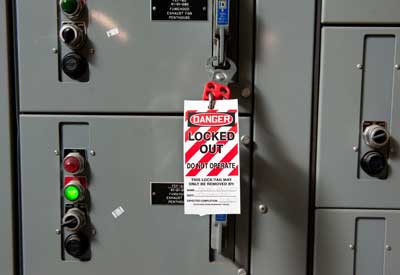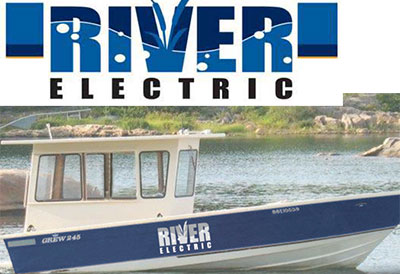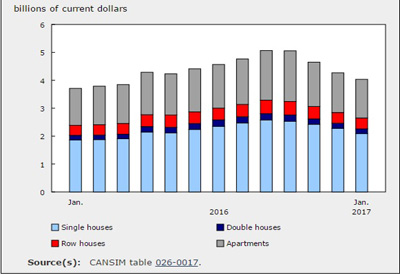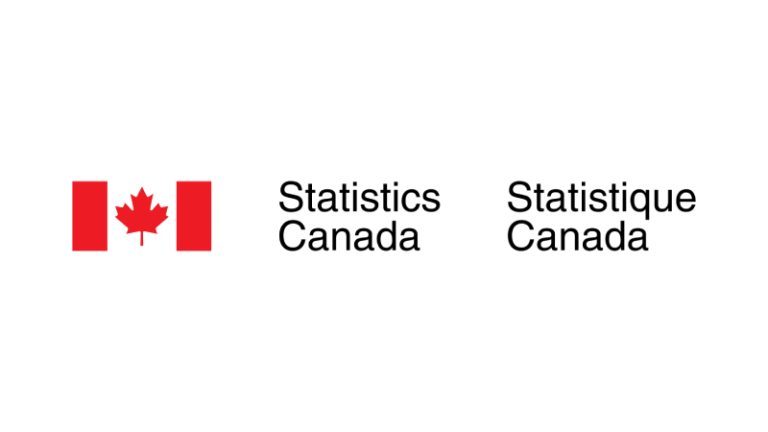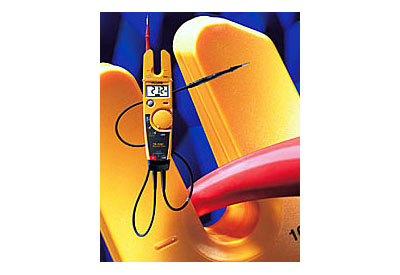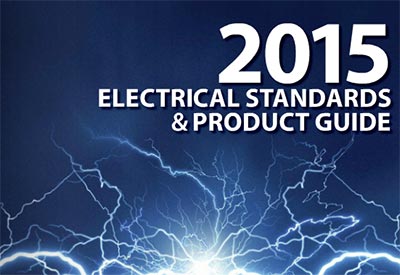Arc Flash and Shock Hazards, CSA Z462 and IEEE 1584 — Getting It Right!

Oct 19, 2020
By Terry Becker
I was reminded again over the past few weeks in working with clients on electrical safety program development, following up on LinkedIn posts, and reviewing IEEE 1584 based arc flash hazard incident energy analysis study P.Eng. reports for clients that industry doesn’t understand the CSA Z462 Workplace electrical safety standard and has been misinformed in P.Eng. arc flash hazard incident energy analysis study reports issued to them. Arc flash training or arc flash awareness training that employers have sent their qualified electrical workers and task qualified workers to has been fear based and instructed by someone who is not a CSA Z462 subject matter expert.
I will start with the IEEE 1584 Guide for Performing Arc-Flash Hazard Calculations standard. IEEE 1584 was first issued in 2002, and the formulas presented for calculating incident energy and the arc flash boundary applied to three phase 208VAC to 15kVAC electrical equipment. The second edition of IEEE 1584 was published in November 2018. The updated IEEE 1584 still only applies to three phase 208VAC to 15kVAC electrical equipment, but includes new more complex formulas and additional parameter selections that if conservatively interpreted can result in a 200% increase in calculated incident energy levels. Some of the problems with and misinformation and myths presented in study reports include the following:
1. The consulting firms used do not have an internal technical specification for studies and report content used across Canada in all of their offices. QA/QC and consistency of the power system study method used, IEEE 1584 2018 Edition parameter selection and report content are not completed.
2. The P.Eng. report issued is not complete, not detailed enough, doesn’t substantiate the requirements of the power system study (e.g. short circuit, protection and coordination and incident energy analysis), and includes errors and omissions.
3. The report issued drowns the client in hundreds of pages of default reports generated by the power system software.
4. The report appendices are not complete.
5. The report advises that 40 cal/cm2 of incident energy is “Dangerous,” “No PPE Exists.” This is not true.
6. When incident energy calculations are completed arc flash PPE is specified with an HRC # or an Arc Flash PPE Category # in the report issued. This is technically incorrect.
7. The report issued includes misquotes of CSA Z462 policy, practice or procedural requirements when the report should NOT include any of this content. Instead, the report should present incident energy and arc flash boundary distance calculations only. The employer is responsible for establishing and implementing policy, practices and procedural requirements based on the CSA Z462 Workplace electrical safety standard in an electrical safety program. The electrical engineer who issued the report is most likely not a CSA Z462 subject matter expert.
8. The P.Eng. who issued the report is not aware of the IEEE 1584.1 Guide for the Specification of Scope and Deliverable Requirements for an Arc-Flash Hazard Calculations Study in Accordance with IEEE standard, which can be used to audit their processes and report content.
9. The report includes PDF examples of non-compliant arc flash and shock equipment labels.
10. The 2-second rule was not applied.
11. No explanation and substantiation were provided for the new IEEE 1584 2018 Edition parameters (e.g. box/electrode configuration).
Unfortunately arc flash and shock training provided since 2005 has not been compliant, was and is fear based, and was not delivered by a CSA Z462 subject matter expert. The arc flash and shock training focussed more on arc flash and neglected the shock hazard: too many stories told and not enough training on the CSA Z462 standard. The training also miscommunicated that 40 cal/cm2 of incident energy was “Dangerous” and “No PPE Exists.” The training didn’t include content on the CSA Z462 mandatory “Risk Assessment Procedure,” and misinformed the student of when an energized electrical work permit (EEWP) would be required. The training didn’t effectively communicate how to apply the training in the workplace. An energized electrical job safety planning form example was not provided to the students. The training didn’t include a final test.
Figure 1 – Electrical Hazard Risk Assessment Matrix 3 X 3

Employers are not “Getting It Right!” What most employers have missed is that developing and implementing a compliant electrical safety program is the solution. A compliant electrical safety program would control all of the issues listed above and more. Documenting policies, practices and procedural requirements and providing electrical safety program orientation roll out training to qualified electrical workers and task qualified workers ensure that the generic arc flash and shock training can be properly applied in the workplace and the supervisor can validate electrical safety competency.
There is a lot of work yet to be done to ensure workers are not exposed to the arc flash and shock hazards in the workplace, and when they are they have applied the hierarchy of risk control methods to reduce risk to as low as reasonably practical.
Getting it right is accomplished by ensuring top down hierarchy of risk control methods are implemented through the application of a compliant electrical safety program. Use the electrical safety program to control the information your company receives! Put appropriate focus on the electric shock hazard. Do not accept what you think may be questionable information included in P.Eng. stamped arc flash hazard incident energy analysis reports, and ensure you control the specification of the arc flash and shock warning and danger signal pane equipment labels. As a supervisor, attend the arc flash and shock training with your workers so you can control the interpretation of what the instructor tells the students, and ask the instructor to substantiate their comments. Do not accept fear based language or communication from the instructor. To ensure that the quality and performance of arc flash and shock PPE your company procures meets industry conformance standards, ask for proof of ASTM F1959 test results.
It is in all of our best interests that when it comes to electrical hazards we “Get it Right!”
Figure 2 — Hierarchy of Risk Control Methods

If you wish to discuss any of the comments above, please do not hesitate to contact me, terry.becker@twbesc.ca or by phone 1-587-433-3777.
Terry Becker, P.Eng., CESCP, IEEE Senior Member is the first past Vice-Chair of the CSA Z462 Workplace electrical safety Standard Technical Committee and currently a Voting Member and Working Group Leader for Clause 4.1 and the Annexes. Terry is also a Voting Member on the CSA Z463 Maintenance of electrical systems Standard and a Voting Member of the IEEE 1584 Guide for Performing Arc-Flash Hazard Calculations. Terry has presented at Conferences and Workshops on electrical safety in Canada, the USA, India, and Australia. Terry is a Professional Engineer in AB, BC, SK, MN and ON. Terry is an Electrical Safety Specialist, Management Consultant at TW Becker Electrical Safety Consulting Inc. and can be reached at 1-587-433-3777 or by email terry.becker@twbesc.ca.



